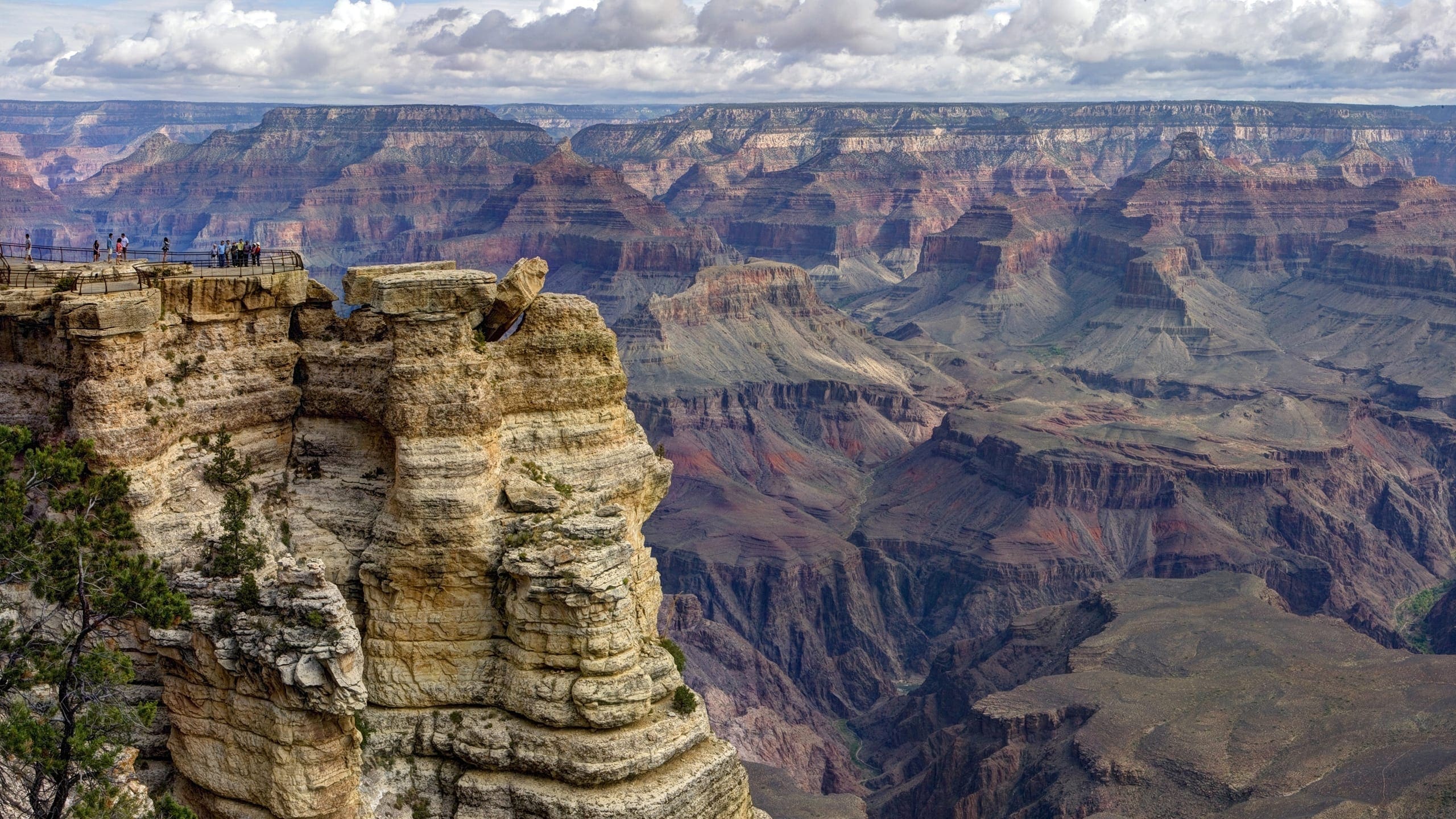About Grand Canyon National Park
Located on the southern end of the Colorado Plateau in northern Arizona, Grand Canyon National Park is a globally significant resource containing scenic vistas known throughout the world. The 1,218,375-acre park is dominated by the spectacular Grand Canyon, a twisting 277-mile-long gorge with thousands of miles of side canyons that formed during six million years of geological activity and erosion by the Colorado River and its tributaries. Exposed geologic strata rising for more than a mile above the river represent one of the most complete geological records seen anywhere on Earth. The park’s several major ecosystems range from the lower canyon’s Sonoran Desert to the North Rim’s coniferous forest and contribute to the park’s outstanding biological diversity, which includes many rare, endangered, and endemic species. A significant concentration of cultural resources in the park reflects 12,000 years of human use and occupation. Eleven American Indian tribes attach substantial cultural significance to the canyon, the Colorado River, and various sites and resources within Grand Canyon’s landscape. Of these tribes, the Navajo, Havasupai, and Hualapai reservations share a boundary with the park.
Grand Canyon is one of the earliest additions to the national park system. On January 11, 1908, President Theodore Roosevelt issued a proclamation setting aside 818,560 acres as Grand Canyon National Monument. In 1919, Congress established the area as Grand Canyon National Park, and, in 1927, the park was enlarged. In 1975, Congress passed the Grand Canyon National Park Enlargement Act, which added two adjacent national monuments, parts of Glen Canyon and Lake Mead National Recreational Areas, and other federal and state lands to the existing Grand Canyon National Park.
In recognition of its significant values, Grand Canyon National Park was designated as a World Heritage Site on October 26, 1979. As a World Heritage Site, the Grand Canyon is recognized as a place of universal value containing superlative natural and cultural features that should be preserved as part of the heritage of all the world’s peoples.
Grand Canyon’s spectacular scenery attracts visitors from all over the world. Visitation to the park has averaged around 4.5 million people per year and was 6 million people in 2016. Grand Canyon provides opportunities for a range of recreational experiences, from a paved-path walk to a strenuous hike, backcountry expedition, or technical river trip. The park also provides a broad spectrum of activities including rafting, hiking, sightseeing, and bicycling, to name a few. Boundless opportunities exist to experience solitude and truly dark night skies in the backcountry of Grand Canyon National Park. From the native peoples who have called these canyons home to early European explorers, and modern-day outdoor enthusiasts, philosophers, artists, poets, musicians, and photographers, the Grand Canyon of the Colorado River is spoken of as a sublime place of wonder, inspiration, and spiritual power.
Source: Foundation Document Overview – Grand Canyon National Park
Fast Facts:
| Date the Park was Established: | February 26, 1919 |
| Park Area (as of 2019): | 1,201,647.03 acres (4,862.9 km2) |
| Recreational Visitors (2018 Total): | 6380495 visitors |






